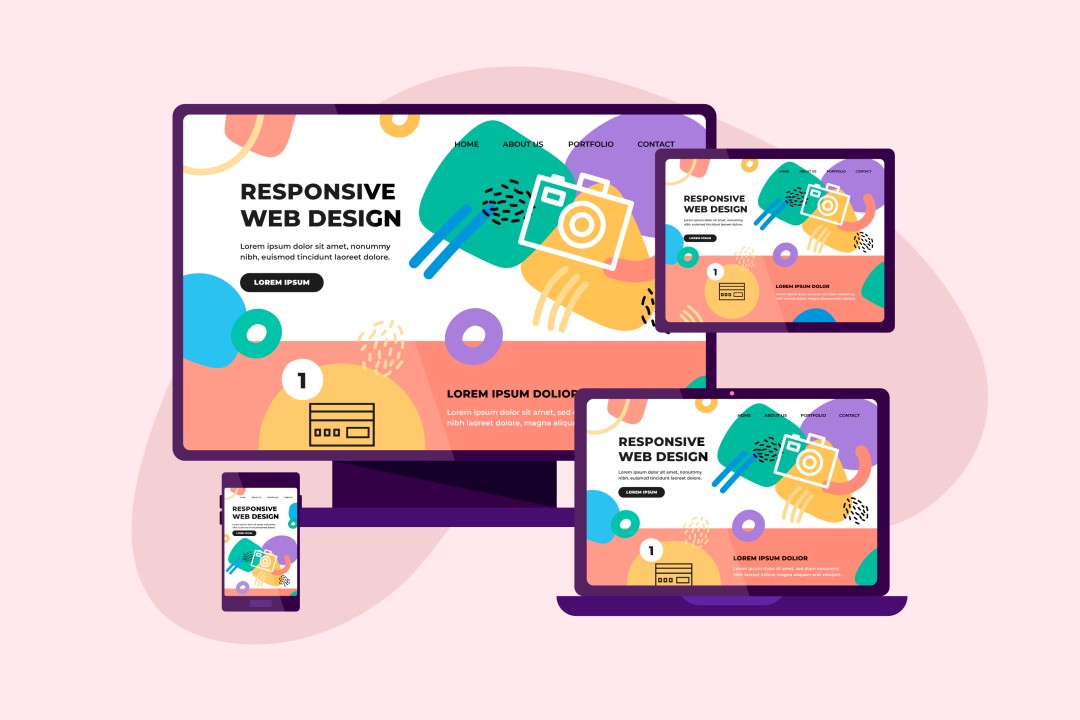
Responsive Design Essentials: Creating Websites That Adapt Across Devices
In the digital age, users access websites from a myriad of devices ranging from desktop computers to smartphones and tablets. This diversity in device usage underscores the necessity of responsive web design. Responsive design is not merely a trend but a fundamental aspect of web development that ensures websites function optimally across various screen sizes and resolutions. This detailed guide delves into the essentials of responsive design, offering insights and best practices for creating adaptable websites.
What is Responsive Design?
Responsive web design (RWD) is an approach that enables websites to render well on a variety of devices and window or screen sizes. The primary goal of responsive design is to ensure usability and satisfaction across different platforms without the need for separate websites or excessive resizing, panning, and scrolling.
Why is Responsive Design Important?
- Enhanced User Experience: A responsive website provides a seamless experience regardless of the device used. This enhances user satisfaction and retention.
- SEO Benefits: Search engines like Google favor mobile-friendly sites. Responsive design can improve search engine rankings.
- Cost-Effectiveness: Maintaining a single responsive site is more efficient and cost-effective than creating separate versions for mobile and desktop.
- Increased Reach: A responsive design broadens your audience by catering to all potential users, irrespective of their device preferences.
"Responsive design is not a separate technology - it’s a philosophy and an approach to modern web design."
Core Principles of Responsive Design
To create a responsive website, developers and designers should adhere to several core principles:
1. Fluid Grid Layouts
A fluid grid layout uses relative units like percentages instead of fixed units like pixels. This allows the layout to adapt to the screen size. Key aspects include:
- Flexible Grids: Design the layout using a flexible grid system that automatically adjusts to the screen size.
- Relative Sizing: Use relative units (e.g., percentages) for widths and margins instead of absolute units (e.g., pixels).
2. Flexible Images and Media
Images and media need to be adaptable to prevent them from overflowing or becoming distorted on different screen sizes.
- Responsive Images: Use CSS properties like
max-width: 100%to ensure images resize within their containing elements. - Adaptive Media: Utilize CSS and HTML attributes such as
srcsetandsizesfor responsive images that serve different resolutions based on the device’s screen size.
3. Media Queries
Media queries are a crucial aspect of responsive design. They allow the application of different styles based on the characteristics of the device.
- Breakpoints: Define breakpoints using media queries to apply specific styles at various screen widths (e.g.,
@media (min-width: 768px)). - Custom Queries: Tailor the experience by creating custom queries for unique device specifications (e.g., orientation, resolution).
Best Practices for Implementing Responsive Design
To effectively implement responsive design, follow these best practices:
1. Mobile-First Approach
Designing for the smallest screen first ensures that the essential elements are prioritized. This approach can then be progressively enhanced for larger screens.
- Simplicity: Start with a simple design that works on small screens and build up complexity for larger screens.
- Performance: Mobile-first designs often lead to faster loading times, as unnecessary elements are added progressively.
2. Flexible Typography
Text should be legible on all devices, which requires flexible and scalable typography.
- Relative Units: Use relative units (e.g.,
em,rem) for font sizes to allow scaling. - Line Length: Ensure optimal readability by adjusting line lengths to suit different screen sizes.
3. Navigation Adaptability
Navigation menus need to be accessible and functional across all devices.
- Hamburger Menus: Use collapsible menus like the hamburger icon for small screens.
- Sticky Navigation: Implement sticky navigation that remains accessible as users scroll.
4. Testing and Optimization
Regular testing across different devices and browsers is crucial for ensuring responsiveness.
- Cross-Device Testing: Use emulators and real devices to test responsiveness.
- Performance Optimization: Optimize images, use lazy loading, and minimize CSS and JavaScript to enhance performance.
Tools and Frameworks for Responsive Design
Several tools and frameworks can simplify the process of creating responsive websites:
- Bootstrap: A popular CSS framework that includes a responsive grid system and pre-designed components.
- Foundation: Another robust framework offering responsive design tools and components.
- Media Queries Debugger: Tools like Chrome DevTools help in debugging and testing media queries.
Challenges and Solutions in Responsive Design
Responsive design comes with its set of challenges, but with the right approach, these can be effectively managed.
1. Performance Issues
Responsive designs can sometimes lead to performance bottlenecks, especially with high-resolution images.
Solution: Optimize images using modern formats like WebP and implement lazy loading to defer off-screen images.
2. Consistency Across Browsers
Ensuring a consistent experience across various browsers can be challenging due to differing standards.
Solution: Utilize CSS resets and normalization techniques to maintain consistency and leverage browser developer tools for debugging.
3. Maintaining Design Integrity
Adapting complex designs for smaller screens without compromising the aesthetics can be difficult.
Solution: Prioritize content and functionality for smaller screens, using progressive enhancement to add complexity for larger screens.
Conclusion
Responsive web design is essential in today’s multi-device world. By adhering to the principles and best practices outlined above, web developers can create adaptable, user-friendly websites that deliver a consistent and engaging experience across all devices. Continuously testing and optimizing for performance ensures that your site remains responsive and efficient, ultimately enhancing user satisfaction and engagement. Embrace responsive design to future-proof your website and meet the evolving needs of your audience.
Recent Posts
- SEO Strategies for Web Developers: Enhancing Visibility and User Engagement
- WordPress Customization Tips: Tailoring Themes for Optimal User Experience
- Responsive Design Essentials: Creating Websites That Adapt Across Devices
- Mastering UI Design: Techniques for Creating Intuitive User Interfaces
- Web Accessibility: Ensuring Inclusive Design for All Users
- “JavaScript Frameworks Demystified: Choosing the Right Tools for Your Projects”
- UX Design Principles Every Web Developer Should Know
